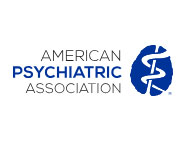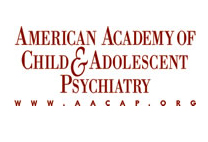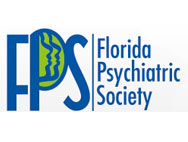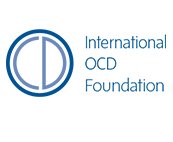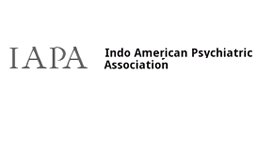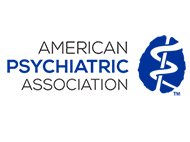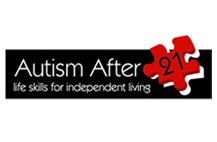Bulimia Nervosa – What is it?
 Bulimia Nervosa, or BN, is a specific eating disorder that is characterized by periods of overeating. An individual with BN may then follow binging with self-induced vomiting, over exercise, or any other activities that compensate for the extra caloric intake. Dr Priti Kothari is an outpatient psychiatrist in Boca Raton who specializes in eating disorders.
Bulimia Nervosa, or BN, is a specific eating disorder that is characterized by periods of overeating. An individual with BN may then follow binging with self-induced vomiting, over exercise, or any other activities that compensate for the extra caloric intake. Dr Priti Kothari is an outpatient psychiatrist in Boca Raton who specializes in eating disorders.
Prevalence in the U.S.
In the United States, the National Association of Anorexia Nervosa & Associated Disorders, found that 30 million individuals suffered from an eating disorder. Of these cases 6.3 million Americans have characteristics of Bulimia Nervosa. This disorder commonly is underreported due to the lack of visible signs. Unlike binge eating disorders or anorexia, BN does not come with significant, noticeable weight changes.
Signs to Look Out for
Individuals suffering with Bulimia may do any of the following activities
- Bindging (The period of Overeating)
- Purging (Self-Induced Vomiting)
- The use of laxatives, diuretics, or any other medications in order to lose weight or eliminate the intake of calories.
- Periods of fasting
- Over Exercise
- Food Rituals
Medical Issues Related to Bulimia
- Gastrointestinal Distress
- Parotid Gland Swelling
- Dental Erosion
- Scars on knuckles or fingers of the hand.
Treatment Options
There are several different types of treatment options for individuals with Bulimia Nervosa. These options include both inpatient and outpatient centers or support. It is possible to make a full recovery with early and effective treatment. Data shows that 45%-50% of people with Bulimia have made full recoveries being treated within 4 years of the starting symptoms. It is critical to make early intervention as the more chronic the condition lasts the more difficult to manage.
Impatient Options
- Hospitalization
- Hospitalization does not usually occur for long periods of time.
Residential Centers
- Centers with a focus on eating disorders may be the most effective long-term inpatient treatment. This type of treatment is most effective for people who are unable to fulfill day-to-day activities due to their eating disorder.
Outpatient Options
- Partial Hospitalization Programing
- One of the more popular options for people who have just left residential centers. PHP is usually 4-12 weeks and 5-8 hours a day. During this time, patients will build on their autonomy, confidence, and motivation.
- Periodic Outpatient
- Periodic outpatient treatment includes seeing mental health professionals, dieticians, nutritionists, etc. such as Dr Priti Kothari board certified psychiatrist in Boca Raton
Overall, the best way to approach treatment for Severe cases is a step down approach. Starting with bigger intervention such as residential or hospitalization and following this with periodic outpatient treatment or PHP, has shown to be the most efficient way of treating this disorder.
Dr.Kothari is amazing! She has been my doctor for years...
I have been a patient of Dr. Kothari for over three years. She has invested her heart...
Dr. Kothari has been seeing my sons for seven years. She is a wonderful resource...
Dr. Kothari is very caring. Appointments and waiting times are great...
When we started seeing Dr. Kothari, my son was dealing with a great...
Dr. Kothari has saved my life, this I can say without reservation...

 Patient Forms
Patient Forms Videos
Videos Location
Location





